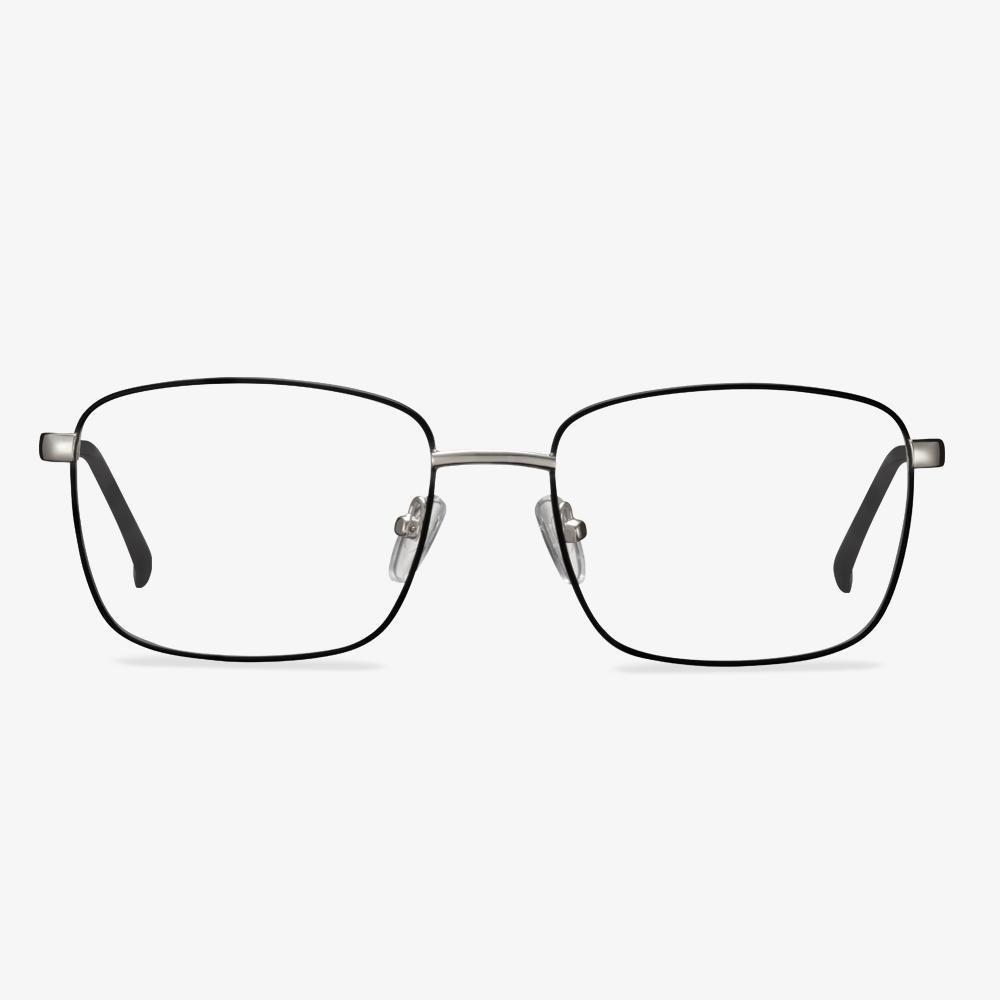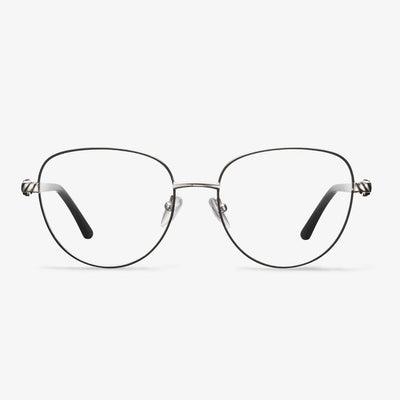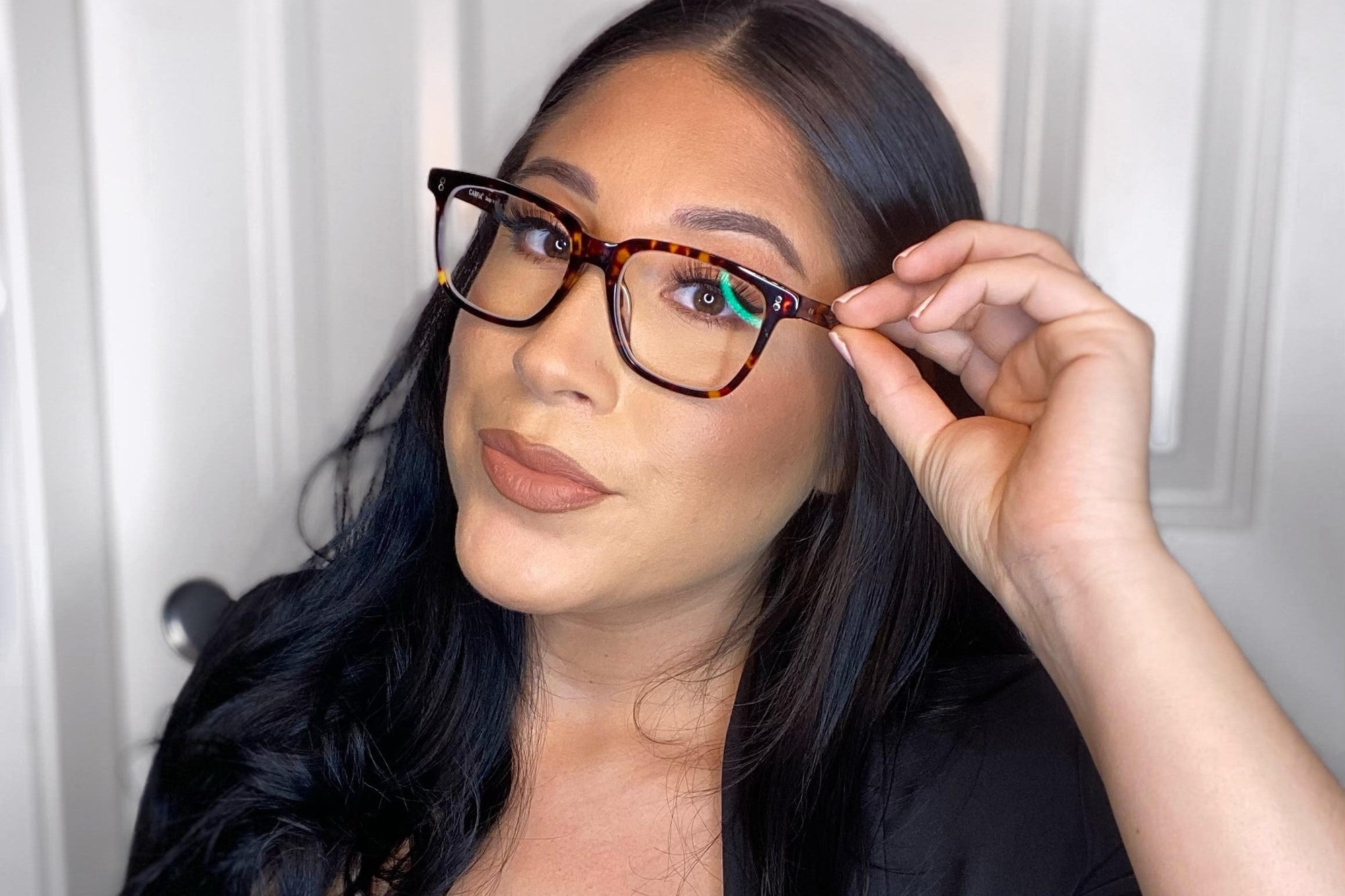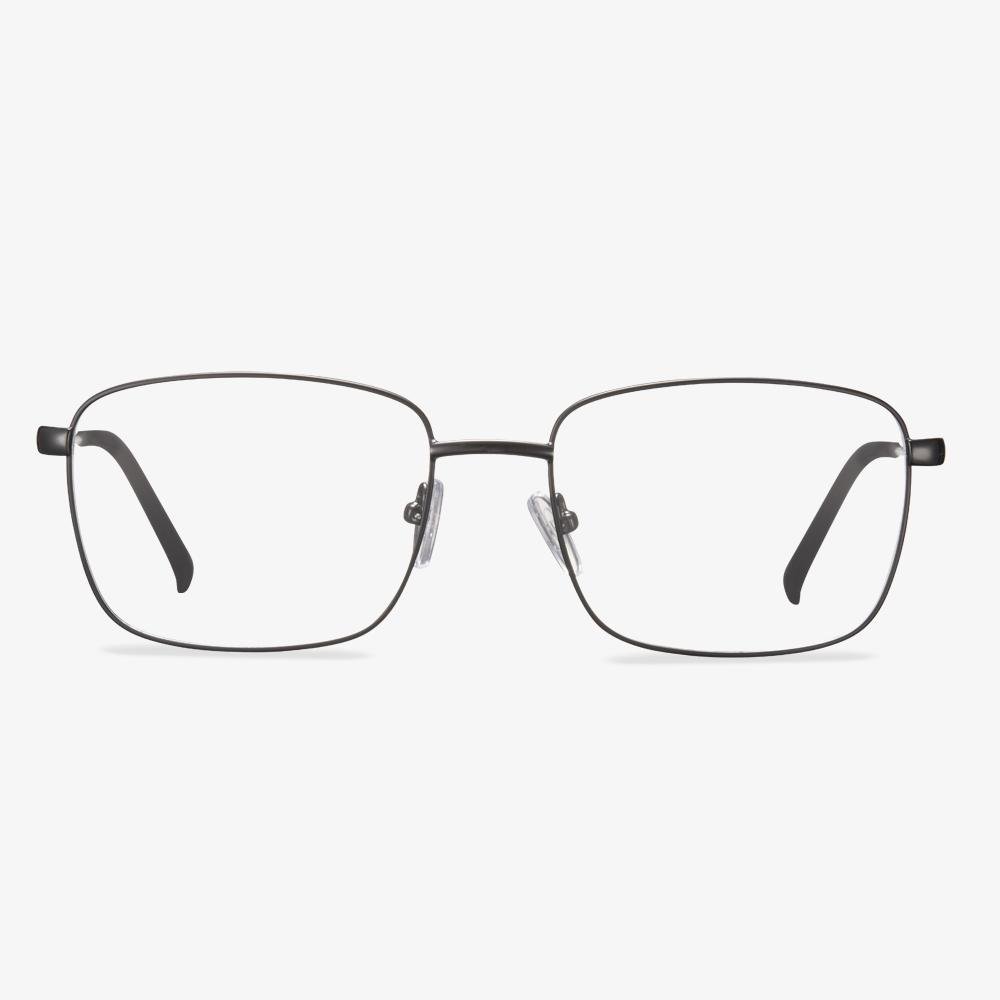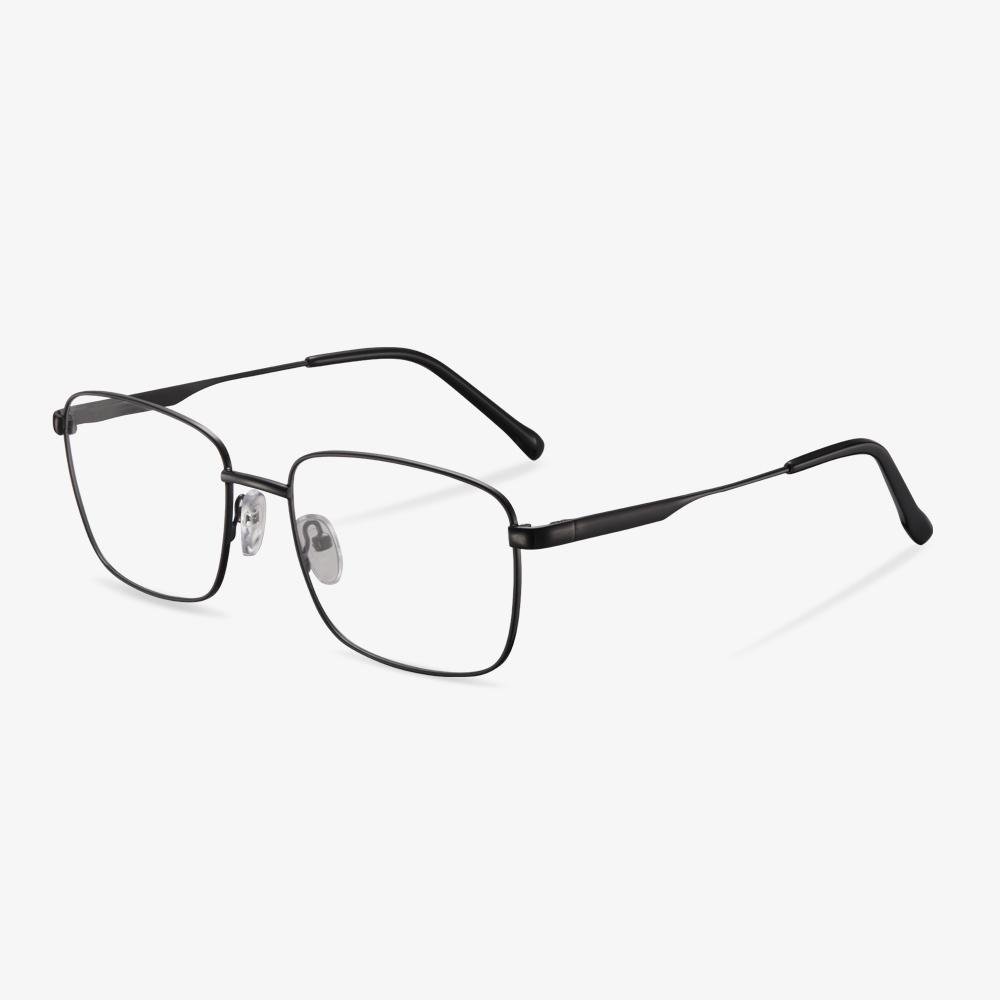SaintShilan Titanium Rimless Flexible Frame
They are lightweight glasses with transparent titanium lenses. They have a soft silicone nose pad, with no pressure on the nose, ensuring the best comfort to wear! The environmentally-friendly IP electroplating rack -- SaintShilan focuses on high-quality electroplating, making you comfortable to wear at work and comfortable to read in daily life. They help improve vision and improve quality of life. They are always the best gifts to you and your family.
39Dollar Glasses
39DollarGlasses was developed by ophthalmologists to provide people with an inexpensive way to get high-quality finished prescription glasses.
They use the same high-quality materials, but because of their large volume, they offer a high discount because they have no additional overhead limits. Elastic glasses are made of high-quality titanium, one of the strongest metals on Earth. For you, that means your bent titanium glasses won't rust or break easily. Looking stylish and active, when you buy a pair of elastic glasses on 39DollarGlasses, your prescription glasses include full UV protection, and the thin and light lenses can be customized to your needs.
How to determine whether progressive lenses are worn correctly?
Once your glasses are back from the lab, the optometrist will let you put them on for an audition and make final adjustments to make sure they fit. If the prescription is not in the center of the lens, it will make it difficult for you to see clearly. The key is that the lenses match the wearer's eyes, especially the pupils. Before ordering a new lens, the optometrist takes two measurements: pupil distance and fitting height.
Design principle of aspheric lens
Early optical lenses use spherical lenses. Because the glasses were small round frames, the problem of lens edge aberration was not paid attention to. It wasn't until large frames became popular that the problem became apparent. For the spherical lenses, aberration cannot be corrected with the combined lens. Only a few variables of the lens can be found to reduce aberration and improve clarity. Aspheric lenses are designed to reduce the aberration of optical correction lenses and to make lenses flatter and reduce lens magnification. We can get clearer, thinner, lighter-quality lenses. Thus, aspheric lenses are used to reduce aberration and astigmatism to a minimum, close to the natural vision of the naked eye. The spherical aberration can be reduced by changing the curvature of the edge. The refraction in the central region is high and decreases evenly toward the edges.
Pure titanium spectacle frame
Pure titanium is α-phase titanium containing a certain amount of oxygen, nitrogen, carbon, silicon, iron, and other element impurities. Titanium is an indispensable material for modern aerospace science, marine science, and nuclear power generation, and other cutting-edge science industries. Titanium is 48% lighter than ordinary metals, has strong toughness, acid and alkali resistance, corrosion resistance, high stability, high strength, good elasticity, and other advantages. It is in line with ergonomics. Titanium is non-toxic to the human body and does not have any radiation.
Can blue glasses double up as sunglasses?
The main function of sunglasses is to keep out dazzling strong light, to reduce the eye adjustment that causes fatigue or the harm that strong light stimulation causes. Their light transmittance is very low, only suitable for use when the sun is strong outdoors. If wearing sunglasses indoors, or at dusk, or even in the evening, because the light is reduced, it will not play a role in protecting the eyes or even will increase the burden of the eyes. The Anti-blue lens is yellow-green and needs to meet the transmittance and blue obscurity. If you are walking outdoors for a short time, good blue light glasses can of course completely meet your outdoor eye protection needs, but due to the high light transmittance, it is not suitable for a long time outdoors, as the sunglasses. Because although it can block UV rays, they are not very good at the filtering of strong light. General anti-blue glasses can not be equal to sunglasses, the main function is not the same, and the use of the scene is not the same.
What is an MR lens?
MR is the brand name of optical lens raw materials produced by Mitsui Chemicals in Japan. MR series is available in three different refractive indices (1.60, 1.67, 1.74): MR-7, MR-8, MR-10, and MR-174. MR-7 and MR-10 have higher thermal deformation temperature and excellent dyeing, which are widely used in the field of sunglasses. MR-8 has the most balanced performance index and is suitable for the production of lenses of any strength. It has the highest market share in lens materials with a refractive index of 1.60. MR-174 is a high refractive index lens material, which is mainly used in the production of ultra-thin lenses.




















